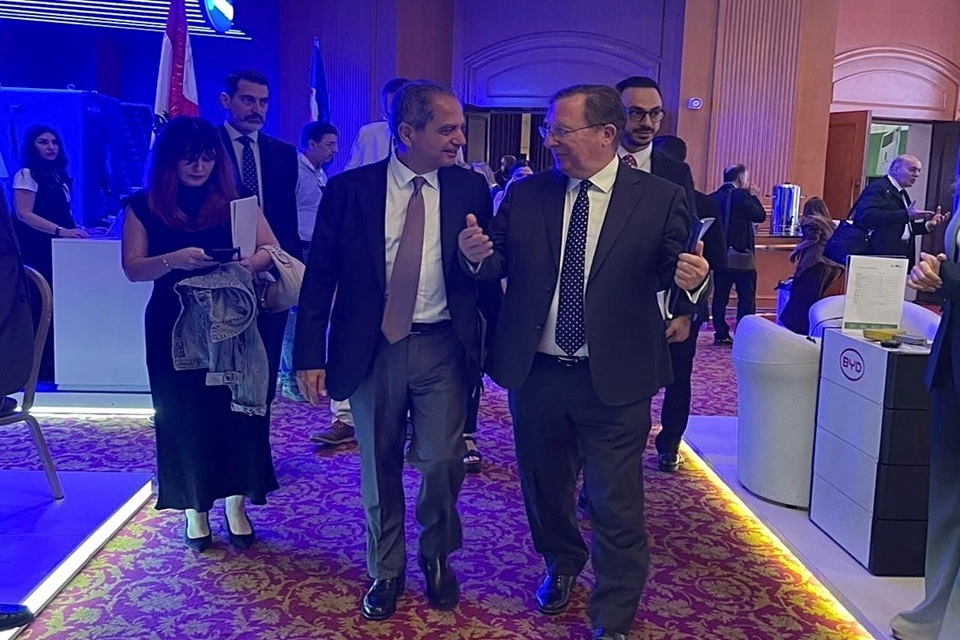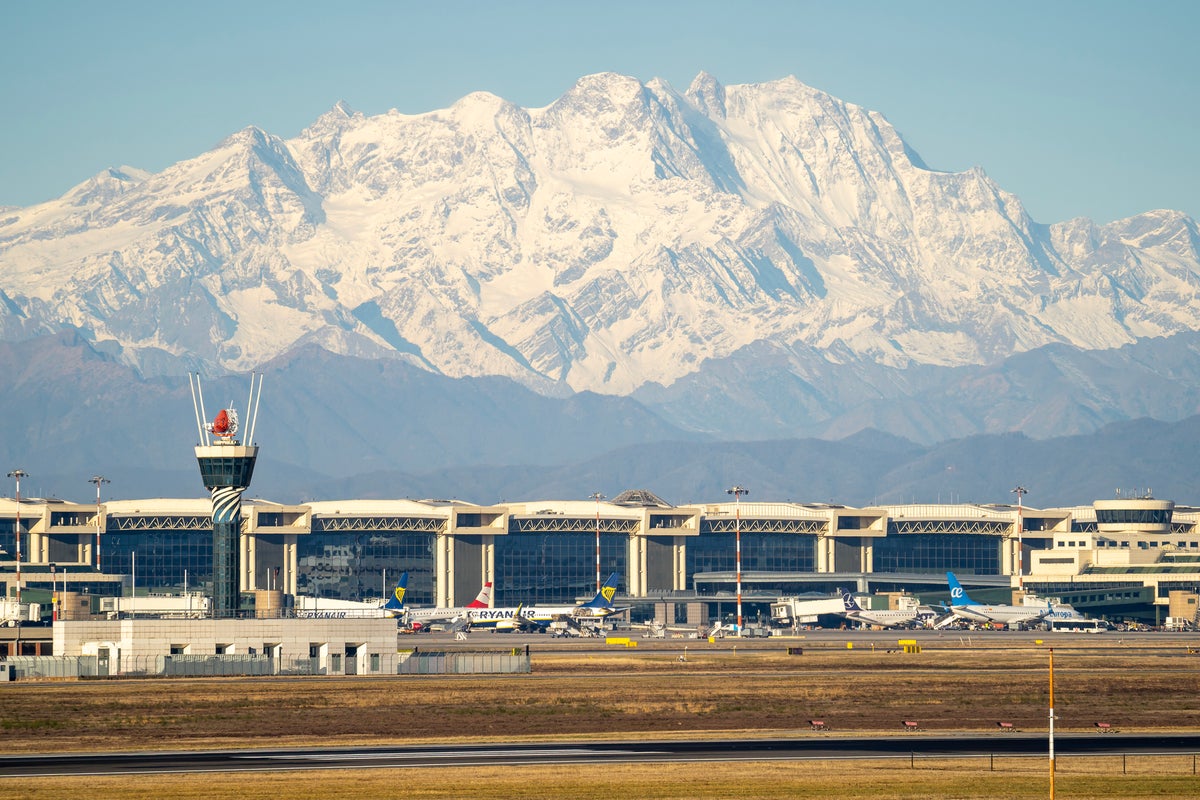North Korea is operating a total of four uranium enrichment facilities, adding to outside assessments that it has multiple covert atomic plants along with the widely known site near Pyongyang, a top South Korean official has said.
North Korean leader Kim Jong Un has called for a rapid expansion of his country’s nuclear weapons program and recently said he would never make the arms a negotiating point in response to overtures by U.S. president Donald Trump.
South Korean unification minister Chung Dong Young said uranium enrichment centrifuges at the four facilities — which would include the known site at Yongbyon, about 100km north of Pyongyang – are running every day and stressed the urgency to stop the North’s nuclear program.
Mr Chung cited an assessment that the North possesses 2,000kg of highly enriched uranium. He first said that was based on intelligence but the ministry later clarified it was attributed to civilian experts. If confirmed, the amount would also signal a sharp increase in North Korea’s stockpile of nuclear material.
The revelation comes as South Korean president Lee Jae Myung warned that Pyongyang is in the last stage of developing an intercontinental ballistic missile that could hit the US with a nuclear weapon.
President Lee, who is visiting New York for the UN General Assembly, hosted an investor relations session on 25 September at the New York Stock Exchange, where he pledged to reduce security risks linked to North Korea in order to draw more investments.
“Whether for negotiations with the U.S., or for their own regime, they are continuing to develop intercontinental ballistic missiles capable of reaching the United States, carrying a nuclear bomb and bombing the United States,” Mr Lee said.

“It appears they haven’t achieved success yet, but they are in the final stage, only with the so-called atmospheric re-entry technology left. That, too, is likely to be resolved soon,” Mr Lee added.
North Korea in 2024 test-launched its most powerful intercontinental ballistic missile to date, the Hwasong-19, which reportedly travelled beyond Earth’s atmosphere. The missile is believed to have the potential to strike any location within the U.S.
Mr Lee stated Mr Trump remained the “only” viable negotiating partner for North Korean leader. Mr Kim earlier this month said he was open to talks with Mr Trump on the condition that Washington drops its demand for denuclearisation of the reclusive East Asian country.
Since returning to office this year, Mr Trump has repeatedly expressed hopes of restarting talks with the North Korean leader.
North Korea has been under UN sanctions and arms embargoes since its first nuclear test in 2006. But while the sanctions have squeezed funding for military development, Pyongyang has continued to make advances in building nuclear weapons and powerful ballistic missiles.
In 2018, Stanford University scholars, including nuclear physicist Siegfried Hecker, who had previously visited the Yongbyon complex, said the North had about 250 to 500kg of highly enriched uranium, sufficient for 25 to 30 nuclear devices.
Nuclear weapons can be built using either highly enriched uranium or plutonium, and North Korea has facilities to produce both at Yongbyon. Last year, North Korea released photographs of what it said was a uranium enrichment facility, the first such disclosure since it showed the one at Yongbyon to Hecker and others in 2010.
Foreign experts believe North Korea has built additional uranium-enrichment sites as Mr Kim has been pushing hard to expand his nuclear arsenal.

A plutonium plant is typically large and generates much heat, making it easier for outsiders to detect than a uranium enrichment plant, which is more compact and can be easily hidden from satellite cameras. Centrifuges to enrich uranium can be clandestinely operated underground.
It’s almost impossible to independently confirm how many nuclear weapons North Korea has manufactured, based on the nuclear fissile materials it has produced at Yongbyon and elsewhere.
In 2018, a top South Korean official told parliament that North Korea was estimated to have already manufactured 20-60 nuclear weapons, but some experts say the North likely has more than 100. Estimates of how many nuclear bombs North Korea can add to its arsenal every year vary, ranging from six to as many as 18.
International diplomacy on ending North Korea’s nuclear program has stalled since 2019, when high-stakes summitry between Mr Kim and Mr Trump fell apart without any agreement.
At the time, Mr Kim offered to dismantle the Yongbyon complex if he won extensive sanctions relief. But the American side rejected his proposal, because it would be a limited denuclearization step that would leave North Korea’s other, already built nuclear weapons and nuclear facilities intact.
Analysts assess that Mr Kim would likely perceive an enlarged nuclear arsenal as a source of greater leverage in potential talks with the U.S. They say that in any potential negotiations, Mr Kim would again seek to win sweeping sanctions relief and improved ties with the U.S. in return for a partial surrender of his nuclear and missile programs.



